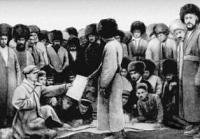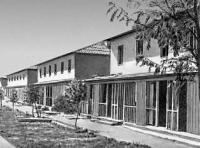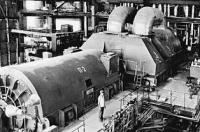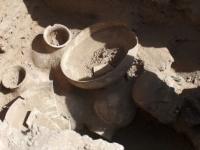Вы здесь
Mary Region.






Tours on Mary Region of Turkmenistan.
Mary Region (Turkmen: Mary welaýaty, Мары велаяты) is one of the regions of Turkmenistan. It is located in the south-east of the country, bordering Afghanistan. Its capital is the city of Mary.
Its area is 87,150 km2 (33,650 sq mi) and population 1,480,400 (2005 est.). The average population density is about 15 persons per square kilometer, but it reaches 150 - 200 per square kilometer in the most developed oases.
Mary velayat is the southeastern region of Turkmenistan on the Turan Lowland, within the limits of the Karakum desert. The greater part of this region is represented by flat fertile lands and only the Unguz lowland that located in the north is occupied by saline soils of takyrs.
To the west of the Tedzhen River, there is the plain of the Kopetdag Mountains connected in the south with the foothills of Paropamiz namely Badkhyz Hills (1267 m above the sea level).
The area of this region is 87000 km2 and its population is 1,2 million inhabitants. The administrative centre is Mary city. In 2000, Mary Region accounted for 23% of Turkmenistan's population, 19% of the total number of employed, 26% of agricultural production (by value), and 21% of the country's total industrial production.
The region's industries include natural gas extraction (the Iolotan gas field), electric power generation, textiles, carpet weaving, chemical and food industry. In 2001 it accounted for 74% of Turkmenistan's electricity generation 26% of natural gas extraction.
According to other sources, Mary Province accounts for 81% of fertilizer production, 40% of textiles, 81% of leather, and 23% of footwear. Mary agriculture produces 31% of Turkmenistan's cotton fibres and 32% of its vegetable oil.
The following branches represent the industry: production of electric power, mineral fertilizers, cotton fabrics, knitted articles and others. The first in the country sugar refinery has been recently put into operation in the city of Mary.
Stockbreeding and plant-growing branches are considerably advance in the area. Mary historians refer to Turkmenistan territory as “the archaeological paradise” due to abundance of ancient burial-mounds, hiding inside the ruins of ancient towns.
Mary velayat takes a special place in this respect. The main historical sight of this land is Ancient Merv. The excursion to Merv is like a magic travel in the time-machine back to II millennium BC.
The image of the great past of Merv vividly appear in “Shakhudzhakhan” (“Soul of Kings”), city site represented by ancient fortress walls, harmonious wonderful and ideally proportional mausoleum of Sultan Sandjar, the huge invert cups-refrigerators (“sardobas”), where people kept snow, which never thawed even in most hot summer.
In addition, among the most impressing sights of Mary velayat are the ruins of ancient country of Margush. One day its inhabitants left this place, following the Murgab River that had changed its bed leaving behind the monuments of highest artistic and cultural heritage.
Agriculture in Mary Region is irrigated by the Karakum Canal, which runs east to west through the center of the province, and by the Murghab River, which runs south to north, entering the province from Afghanistan.
While the northern portion of the province is within the Central Asian southern desert ecoregion, the southern portion of the province is characterized by a savanna of pistachio and desert sedges, classified as the Badkhiz-Karabil semi-desert by the World Wildlife Fund
Ancient Merv, designated a UNESCO World Heritage Site, is the main archeological attraction of Mary Province. This is one of the best preserved oasis cities on the ancient silk route. The capital of Mary Region is the city of Mary, located at the intersection of Murghab River with the Karakum Canal.
Other cities are Baýramaly, Ýolöten (Iolotan), and Serhetabat, formerly Turkmen: Guşgy, Russian: Kushka) on the border with Afghanistan.
Authority:
On materials of information department of the State committee of Turkmenistan on tourism and sport.







